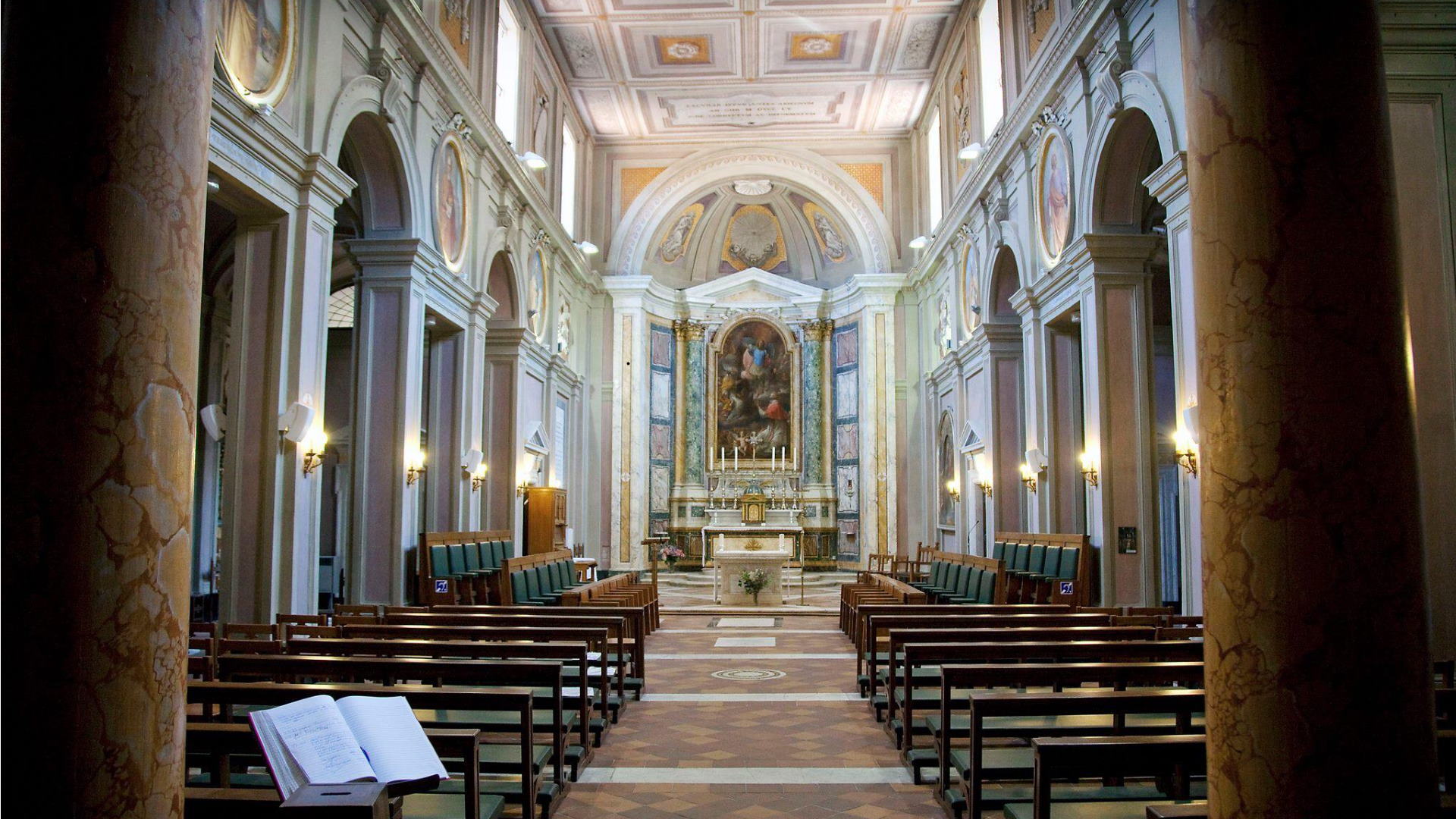
It is one of the churches of Rome that are invisible from the street, surrounded by the Rione Borgo’s taller buildings and perched on the northernmost outlier of the Janiculum hill. Its origins are very ancient: the church was already mentioned in the 9th century, and it was built by the Frisians – a Germanic population coming from a region now politically divided between the Netherlands and Germany – as a chapel of their schola. The scholae peregrinorum were Germanic national institutions that were to be found around the the Old St Peter’s starting from in the early Middle Ages, a place where pilgrims and expatriates could lodge, meet and arrange their affairs. One of this belonged to the Frisians, the others to the Franks, the Lombards and the Saxons.
The dedication was originally to St. Michael the Archangel, who was much venerated both in Rome and among the Nordic peoples. However, when the church was completely rebuilt in the 12th century after it was destroyed in the Sack by the Normans in 1084, a second patron saint was added to the church; St. Magnus of Anagni, whose remains ended up in the church. At this point, a Romanesque campanile was added, now visible only from St. Peter’s Square. In the following centuries the complex underwent further restorations: in the 18th century, the architect Carlo Murena gave the church its current baroque and neoclassical design while preserving its medieval plan.
Access to the church is by a steep staircase, marked by a round brick arch and leading into a courtyard. A second entrance is through the so-called “Scala Santa”, a steep set of stairs from the Borgo Santo Spirito into the terminal part of the left aisle. The staircase is preceded by a 16th century marble portal and inserted inside a palace: a plenary indulgence is offered to those climbing the staircase on their knees as it happens with the famous Scala Santa stairs at the Lateran. The façade of the church is very simple. Inside, there is a nave with aisles, divided by ancient columns enclosed within 18th century pillars. What remains of the ancient Cosmatesque floor is preserved in the nave. Numerous ancient epigraphs are preserved in the church. In the left hand corner by the entrance is an epigraph of around 1300, describing the arrival of the relics of St Magnus. The oldest one is the fragmentary tombstone of a Frisian knight called Hebus, who died in 1004 in Rome.
The church has been used by several ecclesiastical communities. In 1989 the use of the church was granted to the Dutch Catholic community in Rome. Since that year, it is possible to attend Mass in Dutch every Sunday.
Saint Peter’s Square
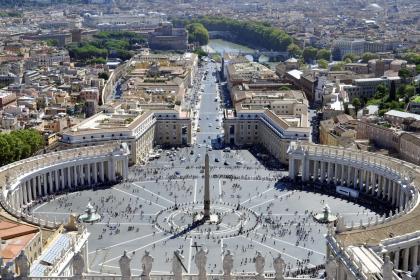
 Condividi
Condividi
Rione XIV - Borgo
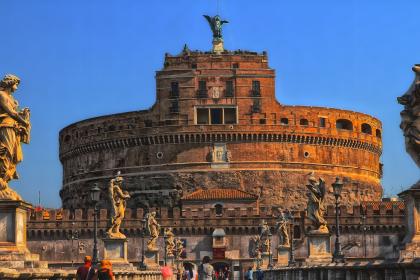
Church of San Lorenzo in Piscibus
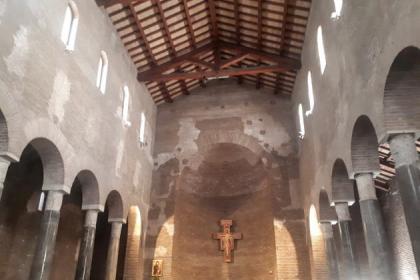
 Condividi
Condividi
The Pontifical Sanctuary of the Holy Stairs
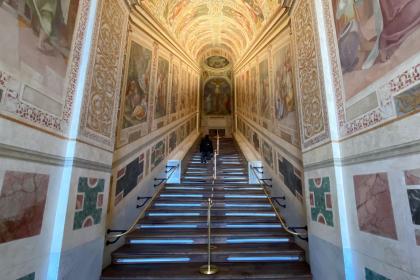
 Condividi
Condividi
Church of Santo Spirito in Sassia (Sanctuary of the Divine Mercy)
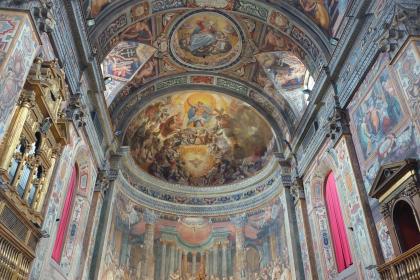
 Condividi
Condividi
Information
Per gli orari delle messe e le modalità di visita rivolgersi ai contatti indicati.
 Condividi
Condividi
Location
To find out about all accessibility services, visit the Rome accessible section.











































